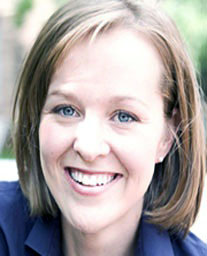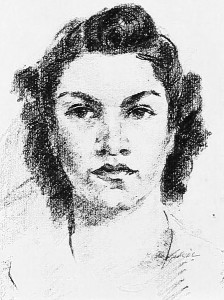On hot summer days for most students, it could be a burden to even wear shorts and a tank top; meanwhile, there are others who have their heads covered, even in the blistering sun. This is in name of their religion.
Hijabs are the headscarves commonly worn by Muslim women.
“And tell the believing women that they should lower their eyes, guard their private parts and not display their charms beyond what (it is acceptable) to reveal. They should draw their coverings over their necklines and not reveal their charms except to their husbands, fathers, their sons, their husband’s sons, their brothers, their brother’s sons, their womenfolk,” according to the Quran, Islam’s holy book.
With this, the Hijab has become a symbol of modesty for many centuries in the Muslim community.
Muslims have many reasons for wearing the hijab and as the world moves into a more global society, non-Muslims are becoming more tolerant to it.
“It’s my identity. It’s who I am. Hijab, for me, is not just what I wear, it’s how I interact with people. It’s my character. It’s what I limit myself to, what I don’t limit myself to,” said business freshman Sarah Radwan.
Many non-Muslim students admire those that wear hijabs because they see it as a commitment to their roots, religion and heritage.
“I think that the Hijab or headscarf is a very personal commitment that is made between that said person and God. I think it shows courage and dedication,” said biology junior Clint Gunn.
UH has a diverse student body and this includes a large Muslim community and a Muslim Student Association that puts on events to increase awareness. Students are grateful for this.
“It’s something that’s important to them, and everyone should just let them do their thing because we are an accepting and diverse University,” said biology junior Allyson Gulihur.
For others, wearing the hijab is less about traditions and religion and more about having self-respect and knowing one’s boundaries.
“It was my choice to put on a hijab. I wear it to express my beliefs in the form of modesty without having to verbally explain myself. I usually get more respect by others when they see my scarf and tend to respect my boundaries,” said biochemistry junior Dema Shobaki.
arts@thedailycougar.com


